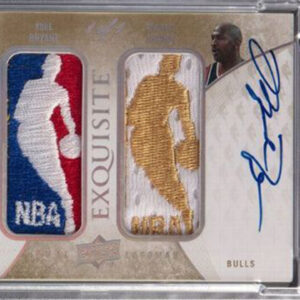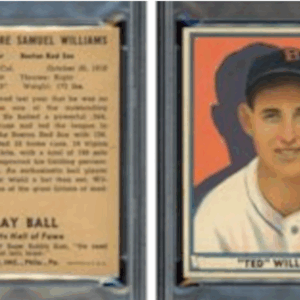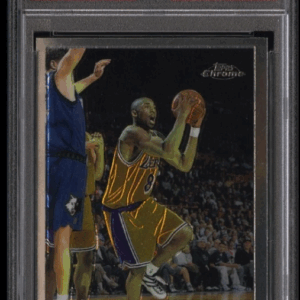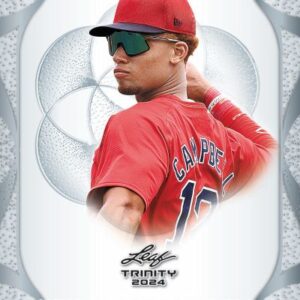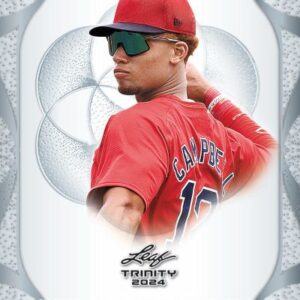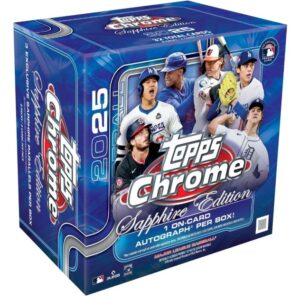It seems the world of Magic: The Gathering never runs out of surprises. Just when the Commander community was bemoaning the absence of preconstructed decks in the new Spider-Man-themed Magic set, Spider-Punk leapt onto the scene. And oh my, what an entrance it was! With his punk-rock aesthetic and an array of disruptive abilities, Spider-Punk has quickly become the talk of the town, sparking heated debates about his potential to redefine the Commander landscape.
For those unacquainted with this unique hero, Spider-Punk is a two-mana wonder whose might extends far beyond his simple mana cost. But let’s cut to the chase: it’s not his physical power or his Riot ability—which grants a hasty entrance or a boost in strength—that’s causing a stir. Rather, it’s the rippling effect Spider-Punk has on the entire battlefield that’s drawing both awe and ire from players everywhere. Once Spider-Punk makes his appearance on the battlefield, a significant shift occurs: no spells or abilities can be countered, and damage becomes inevitable as no protections can prevent it. It’s worth noting that these disruptions bring down the mighty shackles of some of the game’s most beloved safety nets, including the iconic Counterspell, the temporal haven of Teferi’s Protection, and the invincibility of The One Ring.
This is red mana chaos in its purest form, and to some, it’s the shaking up that the Commander community was desperately in need of. Yet, it’s not all praise and hallelujahs. Spider-Punk’s ability to put a stop to counterplay strategies has sown division among players. Is he a liberator who frees strategies typically stymied by counterspells? Or is he a double-edged sword, perhaps more trouble than triumph?
On the one hand, Spider-Punk could indeed give players a clear path to victory during their turn, casting spells and devising strategies without fearing their opponents’ interference. However, this liberation is not a solo engagement. The moment control shifts to rivals, they too revel in the freedom from counterspells and protection, opening Pandora’s box for instant-speed threats. With Spider-Punk’s meager toughness, removing him from the board may be a walk in the park for opponents, potentially before a player can fully benefit from his presence.
Despite his contentious nature, Spider-Punk has quickly climbed the charts of coveted cards. Fans and collectors alike are entering bidding wars to secure copies before they disappear into the vaults of the Magic community. The intrigue has helped send the prices soaring, with regular versions of the card preselling at around twenty bucks, foiled editions gleaming at sixty, and special borderless editions nestling comfortably between forty-eight and fifty-five dollars. With numbers like these, it’s clear Spider-Punk isn’t just generating debate; he’s creating a market.
However, don’t make the mistake of thinking Spider-Punk is the sole highlight of the set. In a universe rich with legendary characters, the Spider-Man Magic set has introduced other tantalizing options that may well become the cornerstone of some powerful Commander decks. Take, for instance, the Soul Stone—a card that’s already captivating attention as a must-have mana rock. With its unique blend of indestructibility and function as a reanimation tool, the Soul Stone doesn’t just provide utility; it promises might and resilience.
And, who could overlook Doctor Octopus? This iconic villain emerges as a potential savant of the Villain tribal archetype, bringing with him tantalizing prospects for card draw and unconventional strategies. Then there’s the Green Goblin, armed with a menacing new ability known as Mayhem, offering a unique discard-focused mechanic capable of turning seemingly trash cards into formidable threats.
The Spider-Man Magic set, much like the thrilling adventures of Peter Parker himself, challenges the status quo, bending the rules and reshaping the game. For the Commander community, this represents both an opportunity and an enigma. Players are left to grapple with critical questions: Will Spider-Punk carve his niche as a commander capable of revolutionizing deck strategies? How will the Soul Stone and other bold innovations affect future playstyles?
While the questions multiply, one thing remains clear—Magic: The Gathering is in the throes of evolution. The community stands on the precipice of a new era, where Spider-Punk and a brigade of thematic heroes and villains all have the potential to wield unprecedented influence over the popular Commander format. In the weeks and months to come, players will embrace audacity, adaptability, and creativity, vying to construct decks that harness the power of these new arrivals in ways previously unimagined.
The pulse of the game has changed, thrilling players with possibilities as boundless as Spider-Punk’s love for disruption. Whether adored or debated, Spider-Punk, alongside his fellow icons from this Spider-Man set, is here to stay. As decks adapt and strategies evolve, one can only wonder what new legends will emerge from this electrifying shift in the Magic: The Gathering cosmos.
